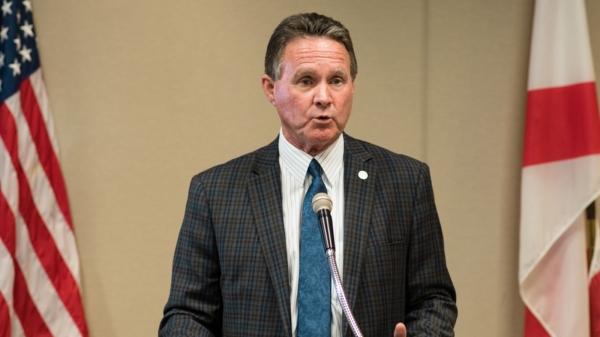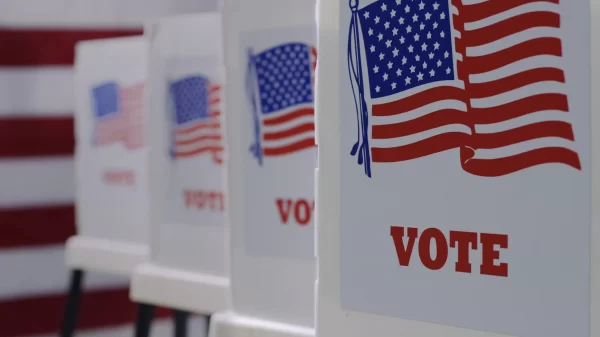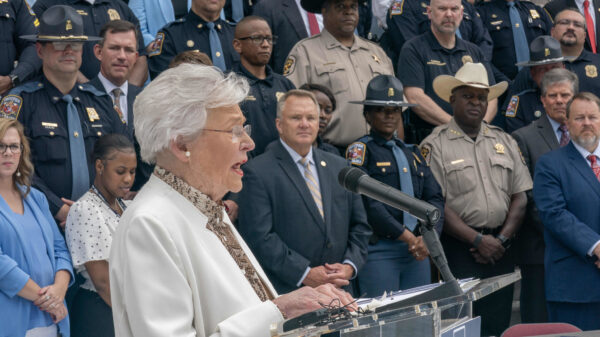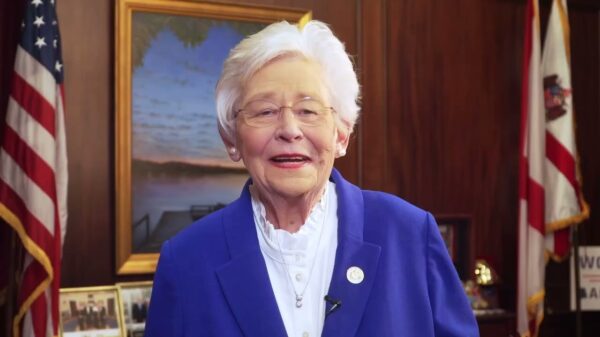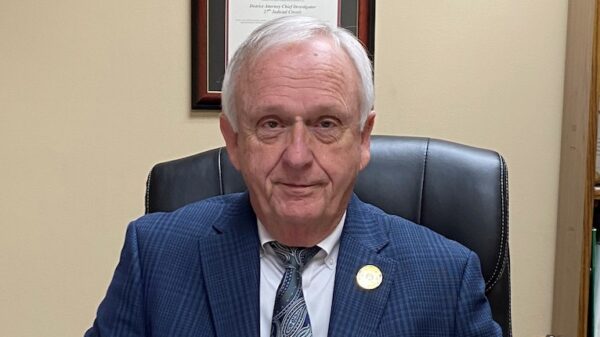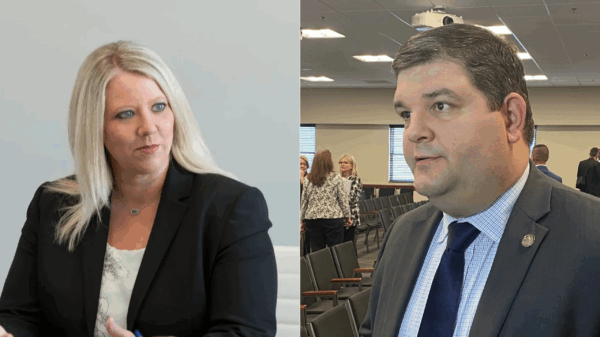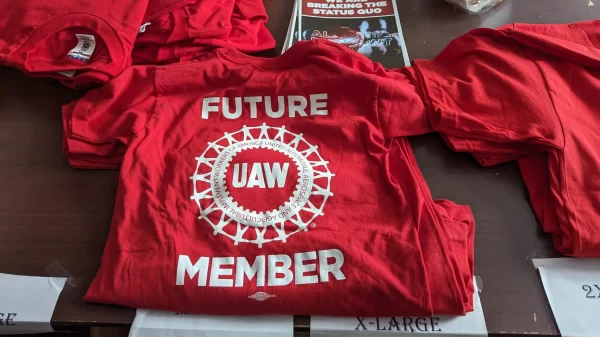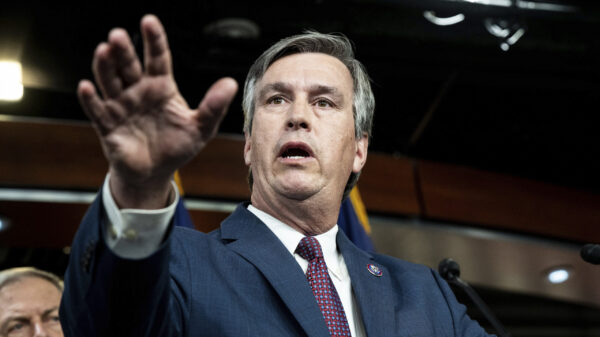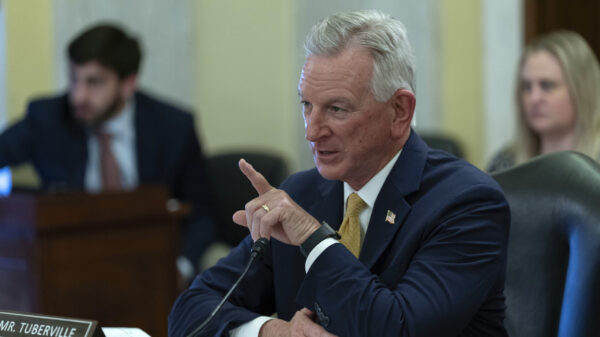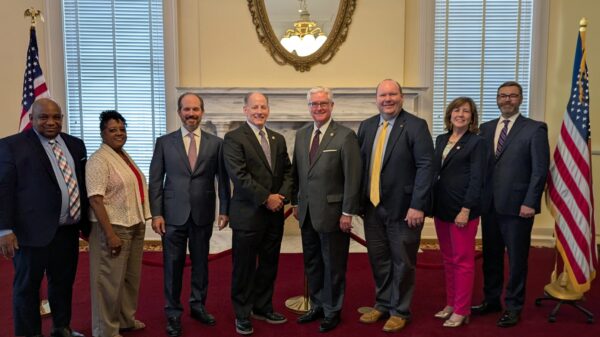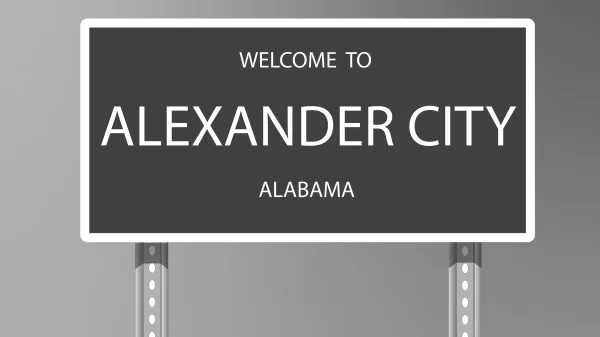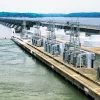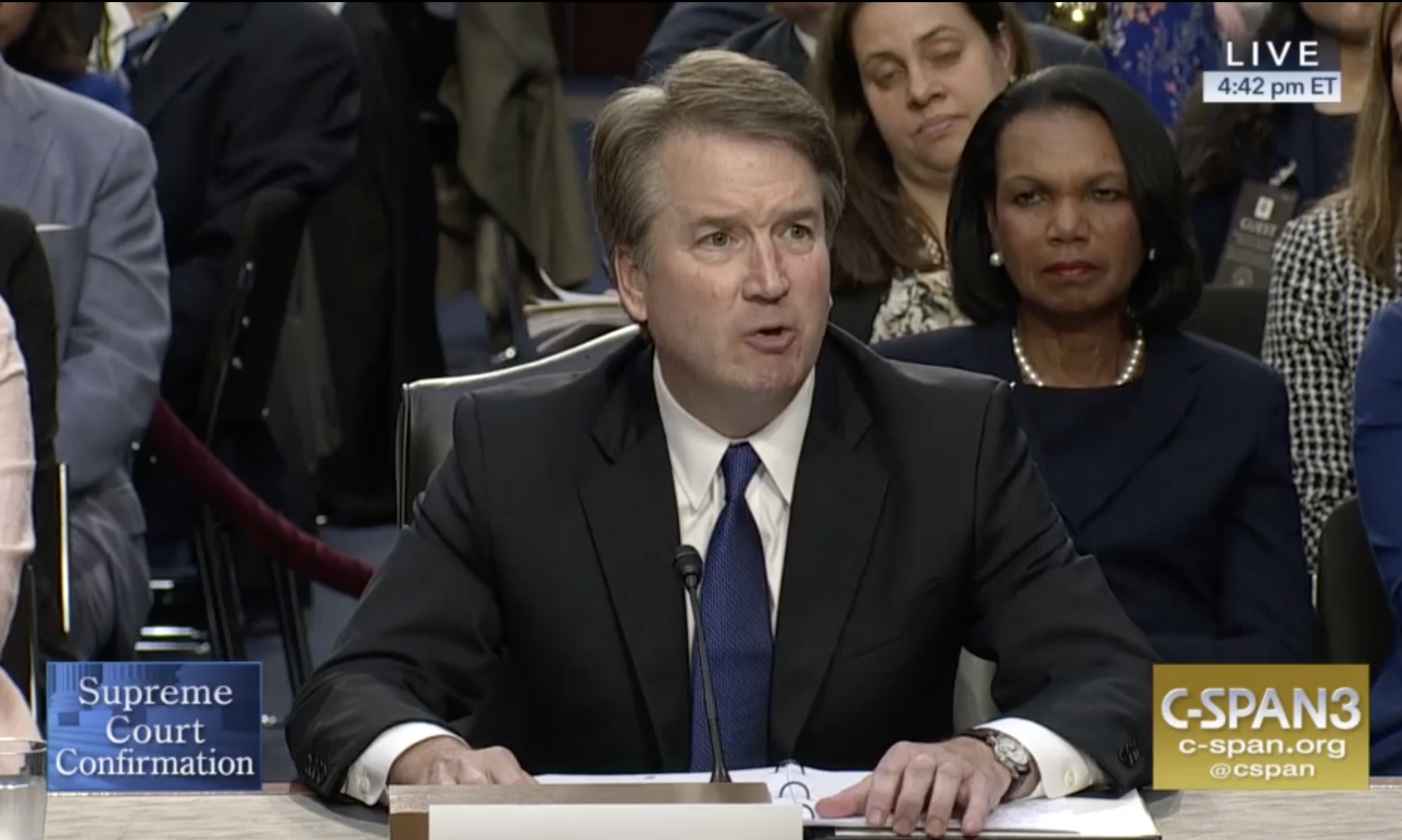By Bill Britt
Alabama Political Reporter
MONTGOMERY—State leadership and many in the business community have been celebrating the victory of landing a new Airbus factory in Mobile. While this is a significant feat and worthy of celebration, it is not alway clear that big tax incentives means big returns for states.
In a 2012 report the Pew Center on the States looked to examine how well states track the incentives they offer so that policy makers have good evidence of whether these incentives deliver a strong return on taxpayer dollars.
The researchers concludes 13 states are leading the way in generating much-needed answers about tax incentives’ effectiveness. Twelve states have mixed results. The other 25 states, along with Washington, D.C., are trailing behind.
Alabama is among the states that are trailing behind with little empirical data on past investments to make better policy for the future.
Since the beginning of 1970s these type of state investments have grown into a national standard for recruiting industry.
Yet, there remains a dearth of solid information on how these incentives have actually made states more prosperous.
As evidenced in the Pew report states, “in their quest to strengthen their economies, particularly in the wake of the Great Recession, [states] have relied heavily on tax incentives, including credits, exemptions, and deductions, to encourage businesses to locate, hire, expand, and invest within their borders.”
The study says that, “no state regularly and rigorously tests whether those investments are working and ensures lawmakers consider this information when deciding whether to use them, how much to spend, and who should get them. Often, states that have conducted rigorous evaluations of some incentives virtually ignore others or assess them infrequently. Other states regularly examine these investments, but not thoroughly enough.”
However, 13 states are making considerable progress in evaluating the data so that in the future lawmakers can make wise decisions on which investments to encourage and which to avoid.
Economic models predict that a time will come when states have exhausted the option of wholesale incentives without a clear picture of return on investment.
Like the father of the bride who invests heavily in his daughter’s wedding he hopes this is a opening of a beautiful life but only time will tell.
But since these are taxpayer’s monies and the future of a state, more data should be required than an infatuation with job creation.
Keivan Deravi, an economist at the Auburn University Montgomery, is reported as saying that he estimates that the proposed Airbus final assembly line will generate about $162 million worth of additional demand for goods and services in Alabama over the next three years, a payback which almost covers the entire cost of incentives according to Deravi.
This may be good news from one economist but many states believe that there is a need for long-term strategies based on good historical data weighing several criteria.
The Mercedes-Benz plant in Vance, which opened in 1997, required that the state invest $253 million in the beginning and another $115 million to support an expansion of that business.
In today’s dollars that would be over a half a billion dollar investment.
Which, is a small sum next to what the state invested to helped bring ThyssenKrupp AG to southwest Alabama. The $5 billion plant near Calvert currently employs about 2,300 people. But to date more than $811 million, in incentives have been offered he enterprise.
After years of operation, the Pew report would suggest a realtime study to see what if any is the state’s return on that investment.
As the report suggest, evaluations are most valuable when they improve policy choices.
According to the Pew report, some states are leaders “because of the scope of their assessments: They have reviewed all major tax incentives and have taken steps to integrate the results into policy and budget deliberations.”
Sighting Oregon’s example, such as giving all incentive programs an expiration dates, or “sunsets” which force lawmakers to examine them periodically.
After an evaluation, Louisiana’s lawmakers were surprised to learn that one tax incentive it previously credited with creating more than 9,000 jobs had actually produced a third of that number.
These types of numbers discovered by a state similar to Alabama should encourage legislative leaders to more closely examine the ways the incentives could be strengthened, and which should be discarded.
A study by Minnesota led to a change in a particular incentive “when a thorough evaluation concluded it cost five times as much per job as the state previously believed.”
According to the Pew research, Alabama had all zeros in state-to-business incentive evaluations.
After the success of securing the Airbus contract around 80 individuals embarked on a two-week tour of Europe in hopes of attracting more suppliers and industry to the state.
With daily reminders that the state is broke and many programs like prisons and Medicaid on the verge of collapse, the Pew study makes clear the importance of sound information in making smart investment.
The study concludes that states should make informed policy choices that evaluate all major tax incentives, measuring the actual economic impact of the project and from there draw clear conclusions as to what is a good investment and what is not.




